I recently took a trip into the city to marvel at a new exhibit at the Museum of Vancouver called Unbelievable. I was fortunate enough to attend a behind the scenes tour led by Gregory Dreicer, MOV’s Director of Curatorial and Engagement who was both riveting and expansively knowledgeable. The exhibit was put together in a relatively short period of time by museum standards (3-4 months) and was in fact still being assembled before our very eyes. The central theme of the exhibit was around stories, the multitudes and power of stories, competing narratives and how our stories define the past, present and future.
The themes I found most riveting revolved around First Nations issues in BC.
There I was standing, inches from the Thunderbird totem pole. It was commissioned by a chief in my territory (Alert Bay, BC), a fixture later in Stanley Park. I could reach out and touch it (Ok, I totally did.) I was full of pride thinking of all the people who had seen and loved the art of my people. Then we heard how the art impacted local artist, how everyone wanted art that looked like that, to the point where local artist had to emulate our style in order to sell work. This made me sad for them, that the work that was meaningful to them wasn’t commercially viable and the celebration of the style of my people came at their expense.
We proceeded into the next room and admired some replica totem poles designed for tourists and we listened to discussion of the concept of “handiwork.” Residential schools suppressed the cultural practices of their residents, but allowed the production of certain crafts and basketry under the guise of handiwork. It struck me that this was an indication the people running the schools knew very little about that which they were trying to suppress, and that they really didn’t understand how inherently tied “handiwork” was to the culture of people.
We had the opportunity to look at one of the mascots of the 2010 Olympic, designed to represent the Sasquatch. Next to it was the protest version of the same mascot that advocated for housing. This led to a conversation around cultural appropriation as the Sasquatch is a supernatural being in Coast Salish culture. Turning it into a mascot was not universally well received. The line between appreciation and appropriation is hard to find.
Another interesting piece was the smallpox mask. We learned about infectious diseases and the relationship between slaves being brought to North American and the plight of indigenous people who were dying too quickly to be useful. The history of the mask and how it came to be part of the collection was as mysterious as the way it might have been used in the past.
Something else I really enjoyed was the manhole covers that featured First Nations art (which is set up so visitors can take a rubbing of it home with them.) Apart from these First Nations pieces were other pieces of Vancouver nostalgia, the R from Arbutus Street’s ‘The Ridge Sign,’ The Girl in a Wet Suit statue, a Lambourghini enginean elephant’s foot, a printing press, a coat made from cat fur and a chair mde from cattle horns. We didn’t even get to see everything as it was still being put together but the collection was as expansive as it was varied and told the story of Vancouver in a way as eclectic as it’s spirit.
The exhibits featured diverging narratives that related to each piece that invites the guests to take different perspectives. There is an interactive wall where guests can place controversial issues such as climate change on a scale that indicates how real it is and allows them to compare their viewpoints with other guests. It’s an exhibit that challenges the mind while it educates.
The exhibit is going to run from June 24 – September 24, 2017 and is not to be missed. Definitely bring your kids so they can learn not just about the history of Vancouver but also to appreciate how we live today.
Alison Tedford is a Canadian freelance writer and mom. She documents her journeys in parenting, mental health and fitness on her blog Sparkly Shoes and Sweat Drops. Follow her on Twitter, Facebook and Instagram @alisontedford

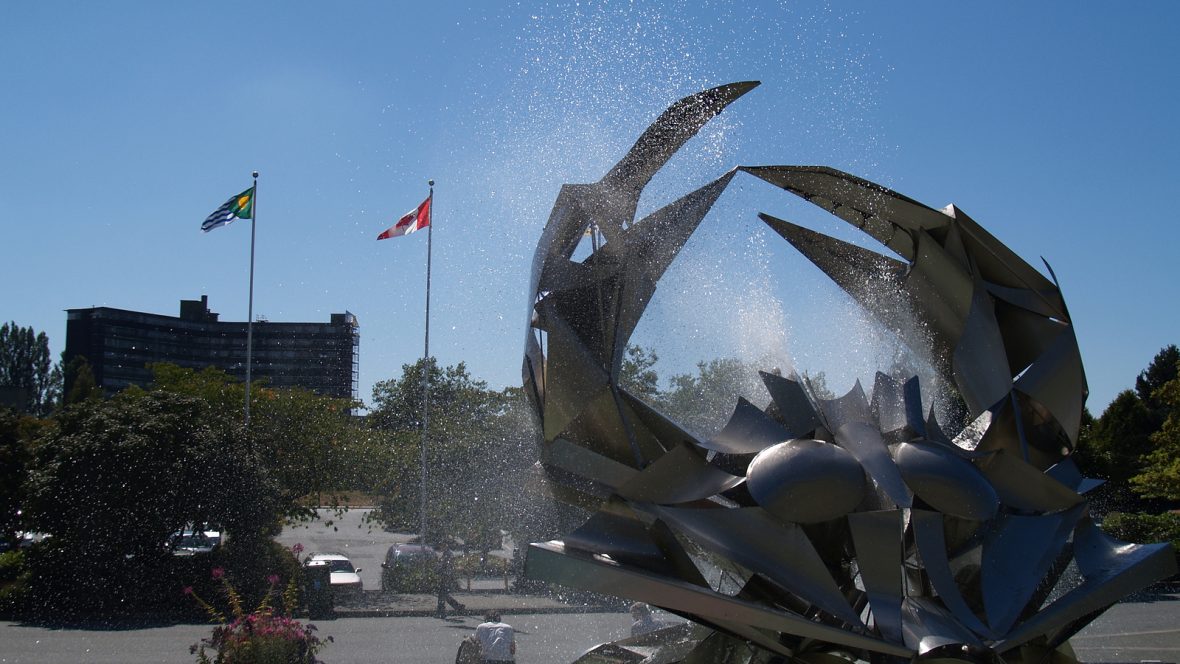
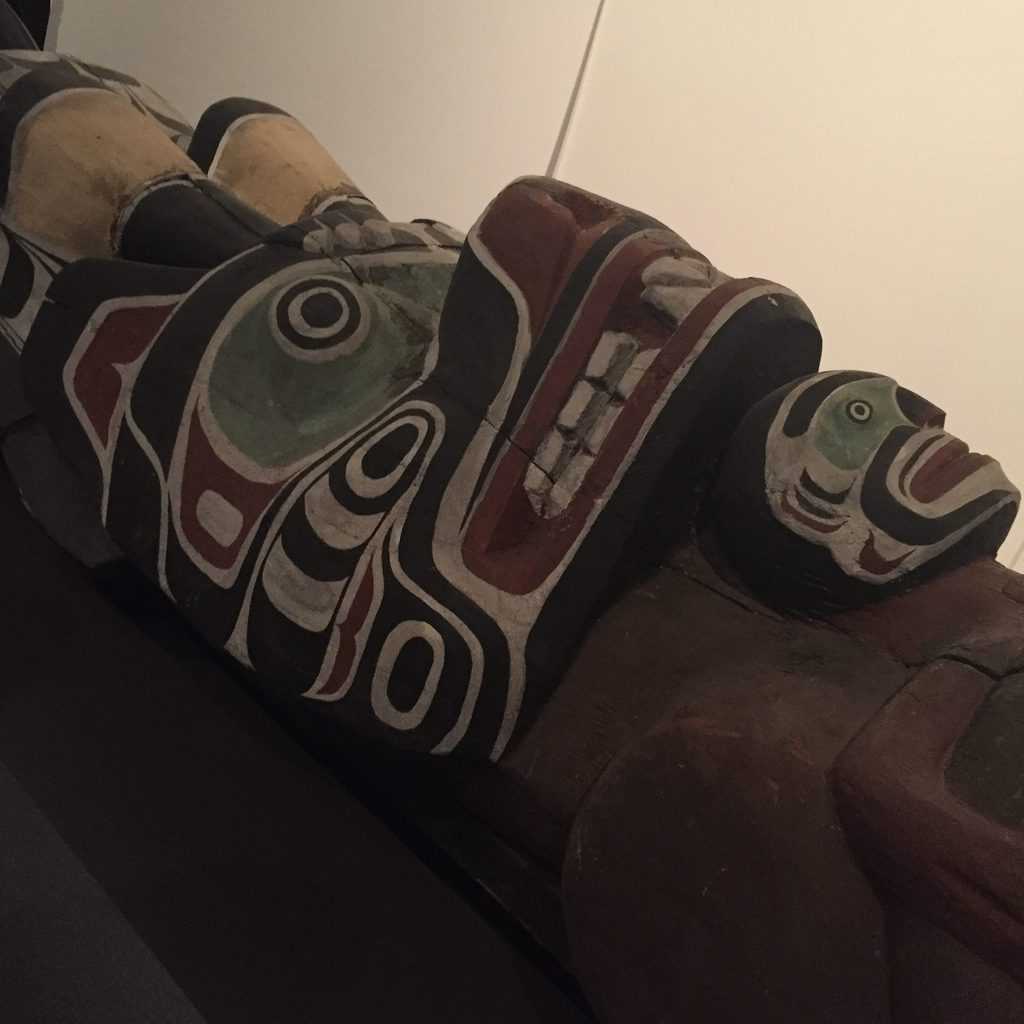
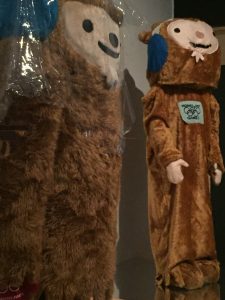
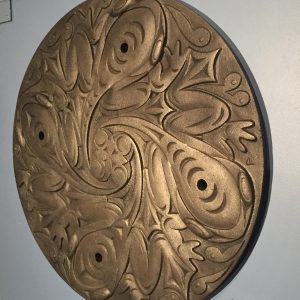
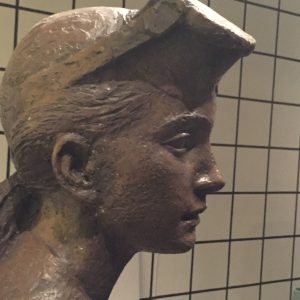
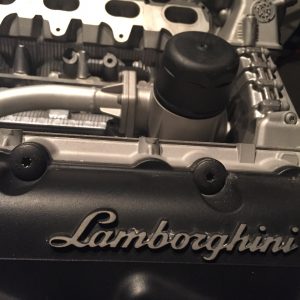
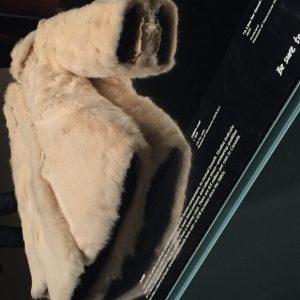

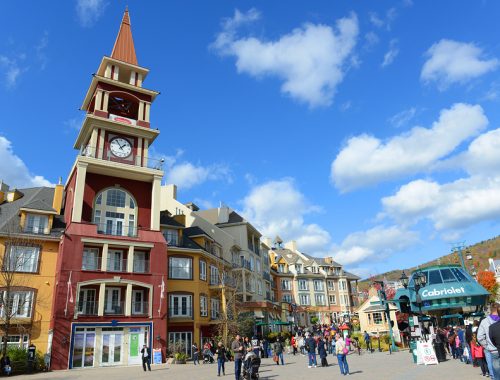
[…] cards from the local paper, a pink hat from the Women’s March. It also ties into the Unbelievable exhibit with the mascot and counter-mascot from the Olympics. It is a sensory learning experience […]